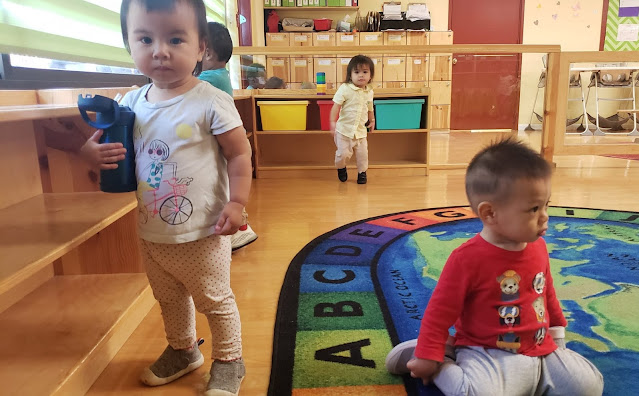Tips for parents on handling challenging behaviors in kids

Buena Park Montessori is an educational institution that follows the Montessori philosophy, focusing on the development of the whole child through a student-centered approach. They offer programs for infants, toddlers, and preschoolers, providing a nurturing and stimulating environment for children to explore and learn at their own pace.

Activities
to Teach Phonics Virtually During Online Classes:
They
have shared a few ideas here on how to teach phonics virtually with some
essential tips for teaching sounds, using manipulatives, and more during the
online classes.
Send
Some Manipulatives Home: Just
like in the classroom, students should use certain manipulatives at home. Using
letter manipulatives will help them understand the relationship between the
letter names and their sounds. You can send parents a sheet of printable letter
cards for students to cut them out and use at home. Parents can also buy
magnetic or foam letters from nearby stores. For reading and spelling
practices, direct students to place specific letters in a specific order. Then
ask them to read the word aloud. You can also ask students to make some words
with their letters to give them practice in segmenting words.
Use
Videos That Model Mouth Movements: Playschool
teachers of Cypress CA show various interactive
videos to their young learners to make them understand the mouth movements
while making letter sounds. Most of these fun phonics videos include animated
mouths that form the sounds as the words are spoken. Kids can see the mouth
movements as they listen to the spoken words.
Display
A Portable Sound Wall: Try to
make or buy a letter sound chart or a piece of trifold poster board from any
nearby bookstore. This chart would serve as a good reference display during
your online classes. As you are showing kids a new letter and introducing its
sounds, please add that to the chart in front of them. Reviewing this sound
chart can become a very good warm-up activity for students before you start
with any new letter.
Use
An Interactive PowerPoint Presentation: Modelling
for students how to isolate, segment, blend, and decode takes proper planning
when teaching phonics virtually. Child Care teachers
use PPT presentations and share their screens to teach children word building,
spelling, and reading target words. These slides normally include a daily
phonics routine with decodable phonics passages, word building, and spelling
dictation.
Playing
Digital Games: Playing games
is a very good way to master any concept or skill. So teachers request parents
to make their kids play some digital phonics games. Kids will enjoy playing
this game but make sure they are playing in front of an adult.
Making
A At-Home Phonics Journal: At-Home
phonics journals are nothing but simple papers or a notebook where kids can
write the words that their teacher asks them to write. Another simple writing
activity for them is to have them make a T-chart and sort vowels by writing
them in the proper place. Teachers can choose any two vowel sounds and hold up
picture cards. Seeing the cards, students will write the picture names using
their phonics knowledge.
Comments
Post a Comment